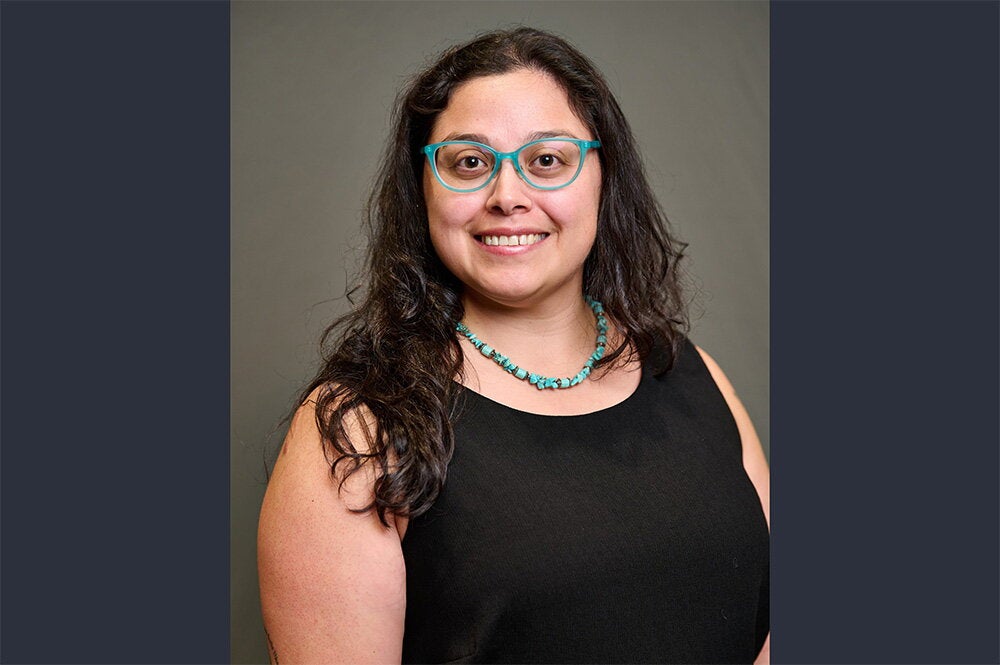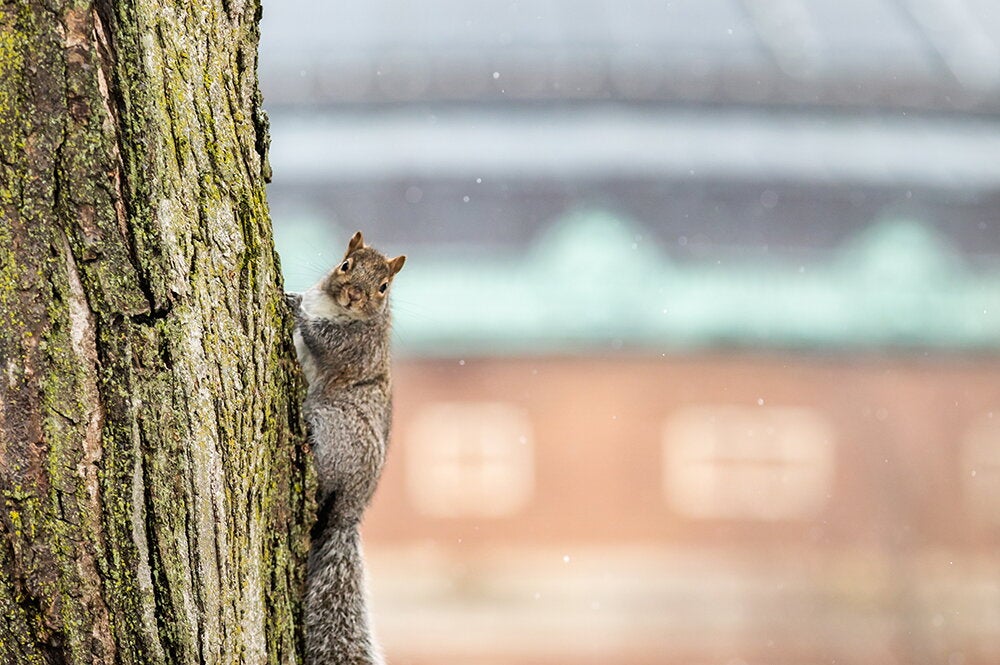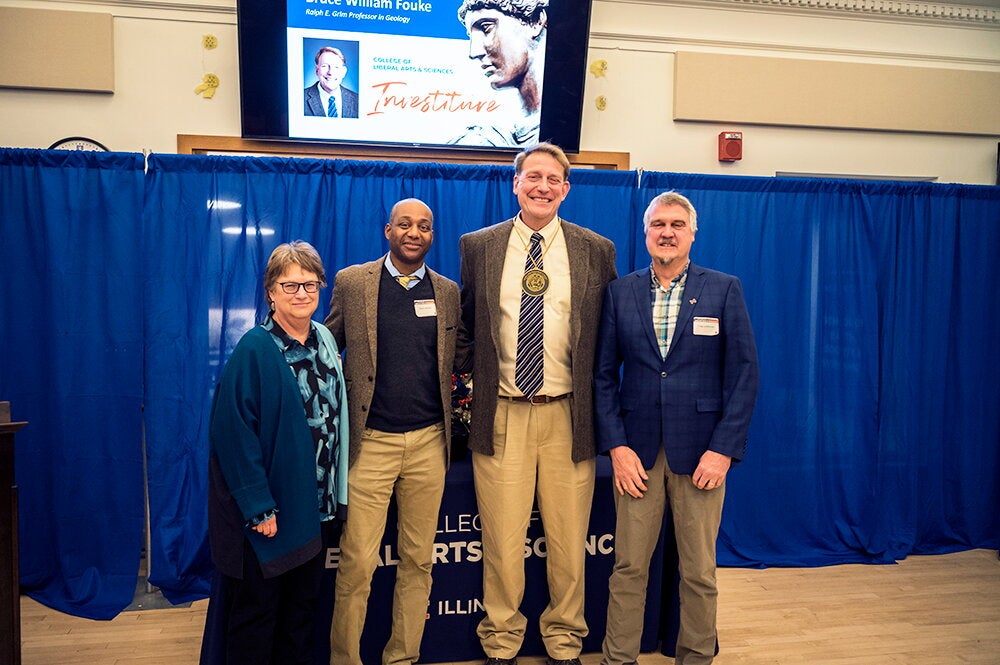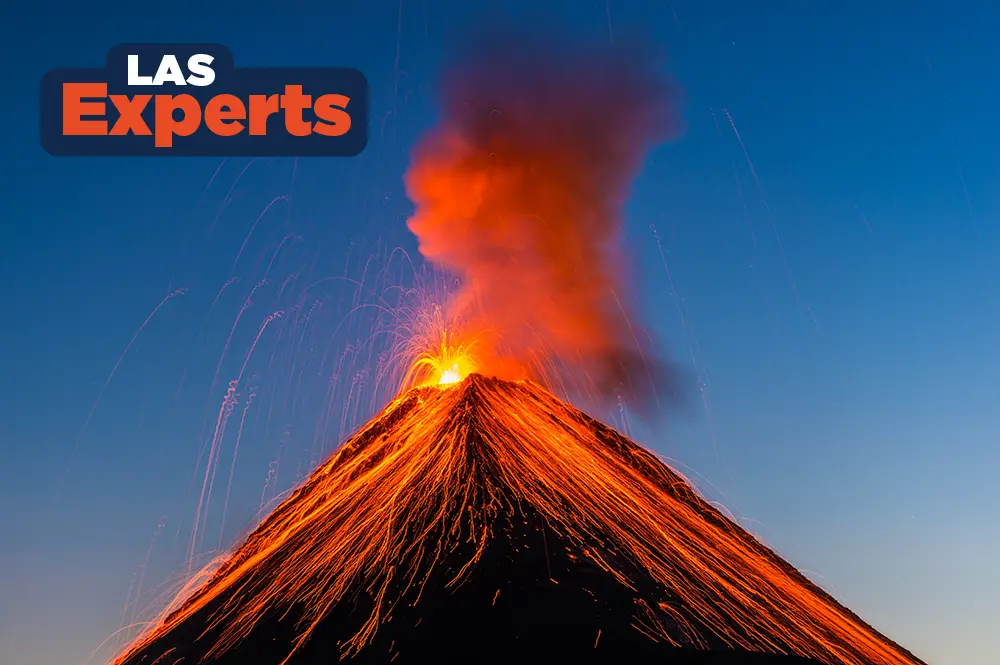
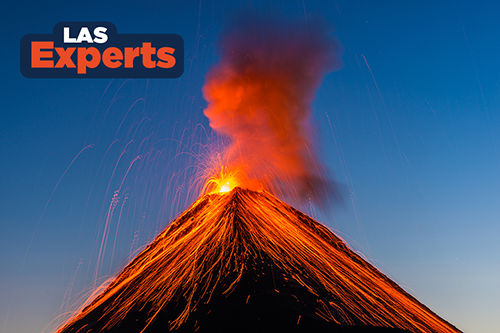
Anyone who thinks space is the final frontier should familiarize themselves with the research of Lijun Liu, professor of geology and a GeoThrust Professorial Scholar at the University of Illinois. He knows that there’s a lot we don’t understand right beneath our own feet, in terms of the geodynamics of Earth’s interior. Liu’s insights, with help from high-performance computers, are redefining what we know about plate tectonics, earthquakes, volcanoes, and more.
Name:
Lijun Liu, professor of geology and GeoThrust Professorial Scholar
When did you arrive at Illinois?
Fall 2012
What’s your area of expertise?
I am a geophysicist by training, and I study how the temporal evolution of the solid Earth influenced the planet’s interior and shaped its surface geology. A major research tool I use is high-performance computers that allow us to merge basic physical laws of geodynamics with the rich data from various geoscience disciplines.
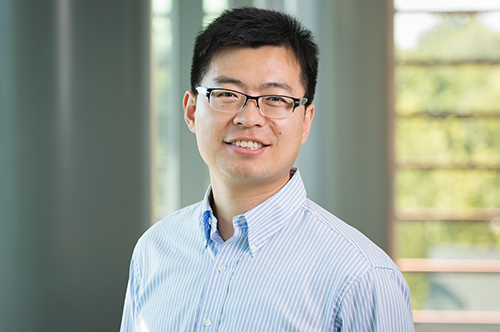
What are you studying now?
I am currently studying the forces that drive the various tectonic activities within the tectonic plates. According to the theory of plate tectonics, geological deformation and volcanic events should occur only along the boundaries of plates. However, there are many such activities within the interior of continents and sometimes oceans as well, ranging from long-term mountain building and basin formation, to short-term processes like earthquakes and volcanoes. Addressing these basic questions will therefore expand our understanding on the way the Earth operates.
What’s the impact of your work?
My work on data-oriented geodynamic modeling provides a physical framework for revisiting some outstanding questions and debates of geoscience. One example is the enigmatic elevation change of continents, such as the increasing topography of the western U.S. from below sea surface when dinosaurs dominated our planet to an average elevation above 1.5 km today. By combining the present-day mantle structural image with surface geology through an evolutional geodynamic model, we show that convective motion within the deep mantle plays an important role shaping this topographic variation. In another study, we challenge the traditional theory for the formation of continental hotspots like Yellowstone. We show that the intensive volcanic system within the western U.S. including Yellowstone is modulated by the subducting slab along the west coast and fueled by heat from the shallow mantle beneath the Pacific Ocean, instead of directly by a rising hot plume from the Earth’s core as traditionally thought. These results provide new insights on the nature of the inaccessible Earth’s interior and mysterious surface geology. To some extent, our multidisciplinary geodynamics research is shaping a new frontier of Earth sciences.
How has your field changed?
During the last decade or two, supercomputing has proved to be increasingly successful in solving complex problems. This has greatly empowered the field of geodynamic modeling to bring together different Earth science disciplines, by combining high performance computing with data sciences. As a result, some earlier contrasting views from the different fields started to evolve toward more coherent perspectives, although many debates still remain. Meanwhile, there arise new questions that were not previously exposed. Overall, now it is an exciting time to revisit many outstanding questions and to gain new knowledge about Earth’s evolution.
What do you enjoy most about teaching?
For me, the most enjoyable moments inside a classroom are times when I discuss recent research breakthroughs with the students. A general advice to students in geosciences is: Armor yourself with a broad knowledge, and talk to people outside your field.
Editor's note: This LAS Experts profile is part of a series to highlight the groundbreaking work by faculty in the College of LAS. Visit here for other profiles.
